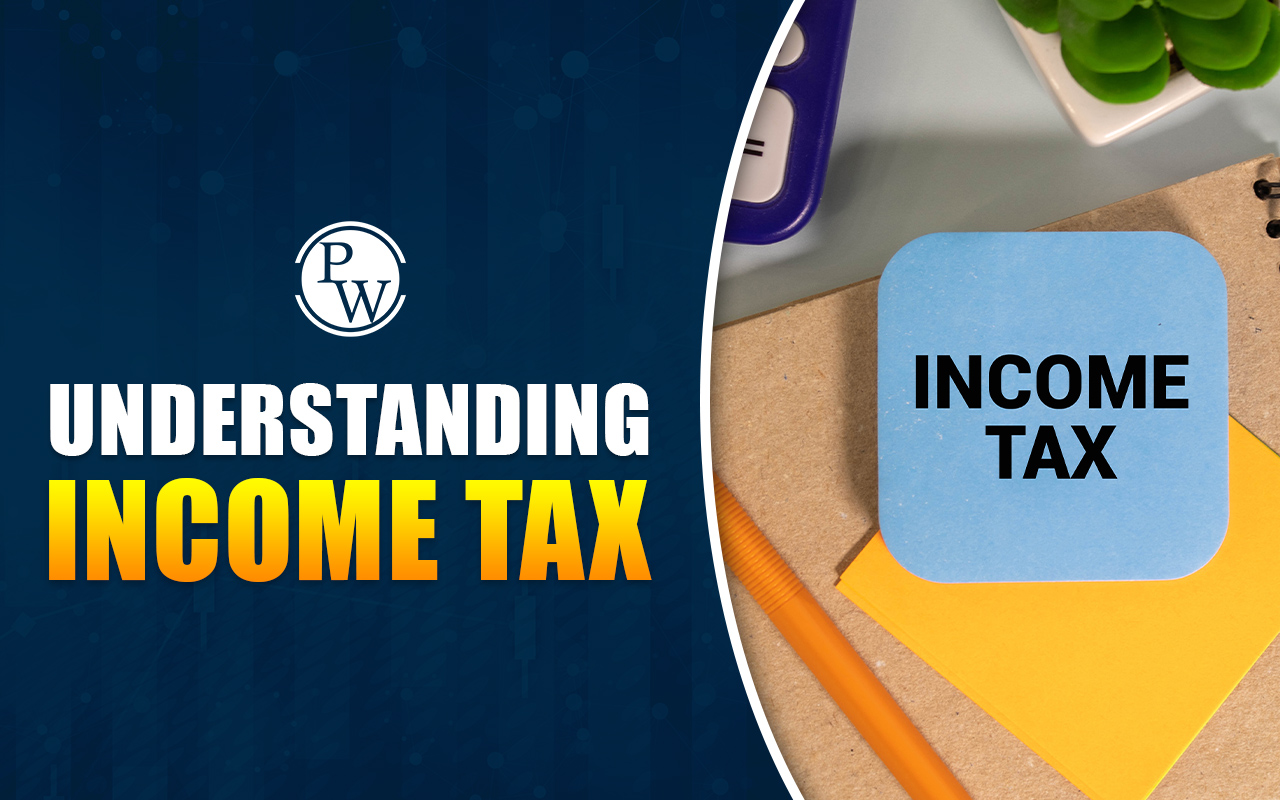
At the national or regional level, the withholding tax is defined and computed by the withholding tax type. Depending on when the withholding tax amounts are submitted, they are classified into two categories: Withholding Tax Type for Invoice Posting and Withholding Tax Type for Payment Posting. As the configuration key user, you may calculate taxes while submitting invoices or payments using withholding tax types.
What is Withholding Tax?
India implemented a new "withholding tax" on July 1st, 2022. Salaries, dividends, interest, and royalties are among the incomes that are withheld or deducted from the recipient (a non-resident individual) when they are paid. Making sure the government gets a share of the recipient's unpaid income tax is the objective of withholding tax in India.
When payments are made for professional services, commissions, rent, salaries, or other reasons specified in a contract, the payer is required to withhold tax. Payments made to non-resident individuals are subject to withholding tax. The payee must deduct tax when depositing the payment into the non-resident individual's account under Section 195 of the Income Tax Act.
Depositing the withholding tax that has been withheld to the government is the payee's responsibility. The type of income, the amount earned, and the tax regulations of the country where the income is received all affect how much withholding tax is due in India. The Income Tax Act of 1961 or the Double Taxation Avoidance (DTA) Agreement, whichever is lower, determines the tax rate. This tax is collected by the Indian federal government.
Withholding Tax Rates
The following are the current withholding tax rates for payments made to non-resident Indians:
|
Withholding Tax Rates |
||
|
Sno |
Heading |
Rate |
|
1 |
Interest |
20% |
|
2 |
Dividends paid by Domestic Companies |
Nil |
|
3 |
Royalties |
10% |
|
4 |
Technical Services |
10% |
|
5 |
Any other services: Individuals |
30% of income |
|
6 |
Any other services: Companies |
40% of the net income |
Note: These rates are universal and apply to countries with which India does not have a Double Taxation Avoidance Agreement (DTAA).
Read More - Consumption Tax, Definition, Types & Advantages
Withholding Tax Types
Withholding taxes may be broadly categorized as resident and non-resident tax variations for ease of use and comprehension. Check the withholding tax types classified here.
Withholding Tax for Residents
The tax that is deducted at the source from payments given to Indian residents, whether they be people, businesses, or any other kind of person recognized under the income tax system. It is most often referred to as TDS, or tax deducted at source. Among other things, this kind of tax is subtracted from payments such as commissions, wages, brokerage fees, professional fees, and rent.
The type of cost determines the rate of withholding tax, or TDS, on payments paid to residents. The Income Tax Act specifies these rates. When you submit your income tax return for the applicable assessment year, you may request an income tax refund if the TDS withheld exceeds your tax due.
Withholding Tax for Non-residents
This withholding tax applies to eligible payments made to non-resident payees. Payments made by Indian residents to non-residents are more often referred to as "withholding tax." This is consistent with what is used in the United States and other nations.
Therefore, this phrase is usually used for tax on payments to non-residents, even if TDS is the more popular name for withholding tax on domestic payments. In order to prevent tax avoidance on any taxable income earned by non-residents in India, this tax is imposed. It covers all payments that non-resident businesses and NRIs receive.
Read More - Top Tax Associate Interview Questions 2025
How to calculate withholding tax in India
Knowing the applicable tax rates and the recipient's tax residency status is necessary to calculate withholding tax. Tax treaties, local tax regulations, and the nature of income can all affect tax rates. The calculation involves subtracting the amount of withholding tax from the total payment after multiplying it by the applicable tax rate.
Payers and employers are in charge of taking the proper amount of tax out of payments made to non-residents or employees and sending it to the tax authorities. Taxpayers need to understand the particular tax laws and seek advice from tax experts to guarantee precise computation and respect for national laws. There may be several financial and regulatory effects if withholding tax is not deducted or paid. Among them are:
Interest fees: Interest will be applied to the amount owed at a rate of 1.5% from the deduction date to the payment date if the payer has deducted this tax but has not deposited or paid it by the deadline.
Penalty: A penalty equivalent to 100% of the withholding tax amount is imposed if the tax has been withheld but not paid. Similarly, a penalty equal to 100% of the difference between the amount deductible and the amount deducted is imposed if inadequate withholding tax has been deducted.
Disallowed expenses: During the years of default, the payer is not permitted to deduct from their income any expenses for which the applicable tax has not been paid. Only the year in which the expenditures are paid will qualify them as a deduction.
Difference Between Withholding Tax And TDS
Withholding tax and tax deducted at source (TDS) may appear to be similar, as they are both paid during payments. However, there is a difference between the two.
|
Difference Between Withholding Tax And TDS |
|
|
Tax Deducted at Source |
Withholding Tax |
|
The amount that must be deducted from professional or contractor payments is referred to as tax deducted at source. |
The amount withdrawn in advance, before payment to the payee, is known as withholding tax. Taxes paid to the government are deducted from withholding tax. |
|
TDS is owed to the people of India. |
Withholding tax applies to foreign transactions in which payments are made to non-residents. |
Build Your Career with a Certificate Program in Accounting, Taxation, and Finance
The objective of the PW Certificate Program in Finance, Tax, and Accounting is to provide you with the skills, information, and practical experience you need to succeed in the field of accounting. This four-month hybrid program, taught on weekdays in recorded and live lectures, contains practical case studies guided by PwC India.
FAQ
What are the examples of withholding tax?
What is the purpose of withholding tax?
How much tax should you withhold?
Who qualifies for exemption from withholding tax?
What is another term for withholding tax?










